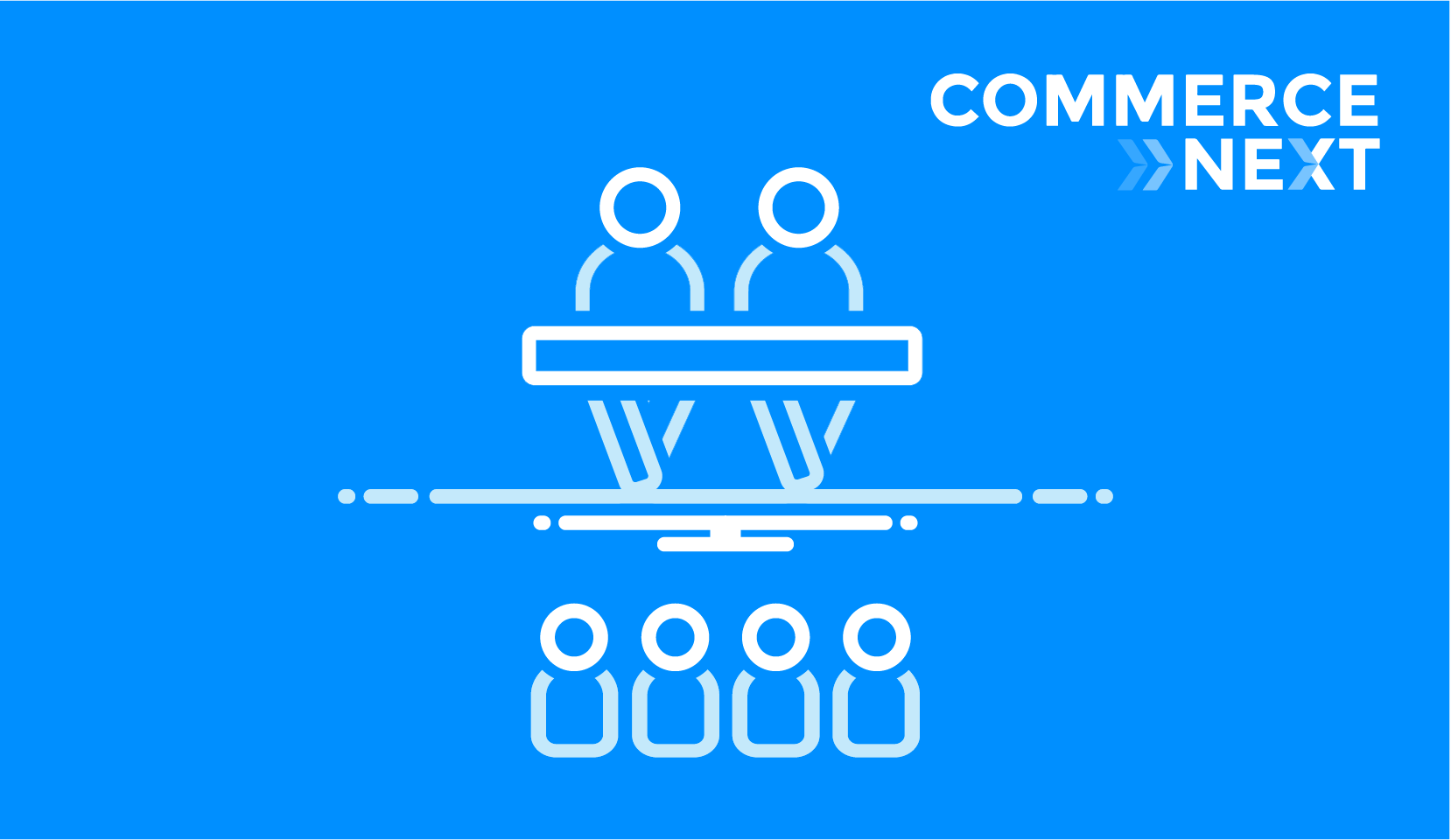We've previously written about Facebook's very first advertising product for a specific vertical—Dynamic Ads for Travel (DAT) and more recently how it can be used to significantly lower costs for Travel App Installs. Facebook's success in capturing travel budgets and DAT feature heavily in a recent Skift research report; A Deep Dive Into Facebook’s Impact on Travel.
In the report several industry players including OTAs, Hotels, our colleagues in Facebook, Google and solution providers like ourselves, offer insights and opinions on how effective Facebook can be for advertising accommodation, flights, car rentals, tours and activities.
We offer insights and explanations that demonstrate how DAT can be used across Facebook and Instagram to address the travel funnel from inspiration and discovery through to booking. We talk about many of Facebook’s competitive advantages over alternative channels including:
- The use of real identities rather than probabilistic cookie data to retarget travelers across desktop, mobile or tablet regardless of the device they used to express their travel intent
- The aspirational and visual nature of ads through media rich video, slideshow and carousel on Facebook and Instagram
- The non-interruptive nature of ads being contextual, in-newsfeed and consistent with the format of other entries in the feed, not random banner or annoying pop-up ads that require users to find and click an X to get rid of them
- The ability to leverage personal traveler data like travel dates, number of nights, number of travelers, whether kids are in the traveling party, loyalty club status etc. to efficiently target and optimise ads
- The fact that Facebook has a large and engaged user base. Two out of every three of the 1.8 billion monthly users are on Facebook on a daily basis, which means they can be re-engaged within a relevant time frame
Source: Facebook company filings
Skift does note that, despite these clear advantages over other digital channels,
"We have seen broader acceptance of Facebook as an effective ad platform, but the travel industry tends to move cautiously in approaching change".
We have seen plenty of evidence to support this. OTAs are the clear early movers in this space and significantly over index through participation in our Alpha and Beta feature launches. However, we are now starting to see some of our supplier brands reacting to increasing market pressures (including those from OTAs) and finally starting to exploit the opportunities to be first to market with innovations, for example Marriott matching Trivago's appetite for the launch of DAT.
Airlines are clearly the laggards in relation to the adoption of Facebook and Instagram as effective channels to drive bookings. However, to be fair, up until the recent release of destination and flight catalogues along with real-time pricing capabilities on DAT, they have been unable to effectively generate ad creative that includes accurate pricing, which we know has a negative impact on click-through and subsequent conversion rates. We expect to see many more airlines start testing DAT in Q2 and Q3 this year and we have already started transitioning our airlines customers from our previous flights solution to DAT for flights.
We are also exploiting the introduction of destination catalogues to transition our vacation rentals clients from Dynamic Product Ads (DPA - designed for eCom) to DAT. When we encourage our travel clients to make the move (update their pixel and feed) they often ask us about the advantages of moving from DPA to DAT. It's always a very short conversation; the ability to exclude customers whose checkin/departure/arrival date has already passed from your retargeting campaigns has a very obvious and immediate impact on Return on Ad Spend (RoAS). This is not possible on DPA. This benefit alone is enough to justify the move. IHG experienced a 20 percent lower cost per booking and a 50 percent increase in scale after they moved from DPA to DAT.
Whilst the report does highlight the many ways that the travel industry can access customers on mobile devices and achieve better RoAS, it clearly acknowledges that these budgets will not come from, nor have any notable impact on Google ad spend on travel. Skift state that,
"companies should not drastically move away from Google given the effectiveness there, but rather pull advertising away from other channels within digital and outside of digital".
The reality is that even if Facebook were to increase its revenue from travel by 3x YOY in 2017, that the total revenue earned would be completely insignificant to Google and represent less than 1% of Google's total revenues that were $90bn in 2016. Hence, we don't believe that clients should focus on shifting Google budgets to Facebook. We hope they recognise the importance of cross device, identity and mobile capabilities and start testing Facebook and Instagram against less effective traditional media and against 'black boxed' display inventory.
One area of ongoing debate with our travel clients is their 'outdated' measurement and attribution models, the travel industry seems to be addicted to last-click. Some have exploited our integrations with third party measurement providers to be able to compare their data side by side with Facebook's to better understand why last-click is not fit for for purpose. Christine Warner (Travel Head of Industry, Facebook) succinctly outlines reality;
“We recently commissioned a study, The Mobile Compass, to better understand travelers’ behaviors in a mobile world and we learned that from the moment someone is inspired to take a trip to the moment they book the trip, they are spending 43 days and going to 56 different travel related touchpoints across devices.......Most travel partners are relying on last click attribution but that doesn’t address the full picture. To address cross-channel, cross-device attribution, we are seeing partners move away from last click toward multi-touch attribution models to assign appropriate value across the channels that play a role in driving transactions".


